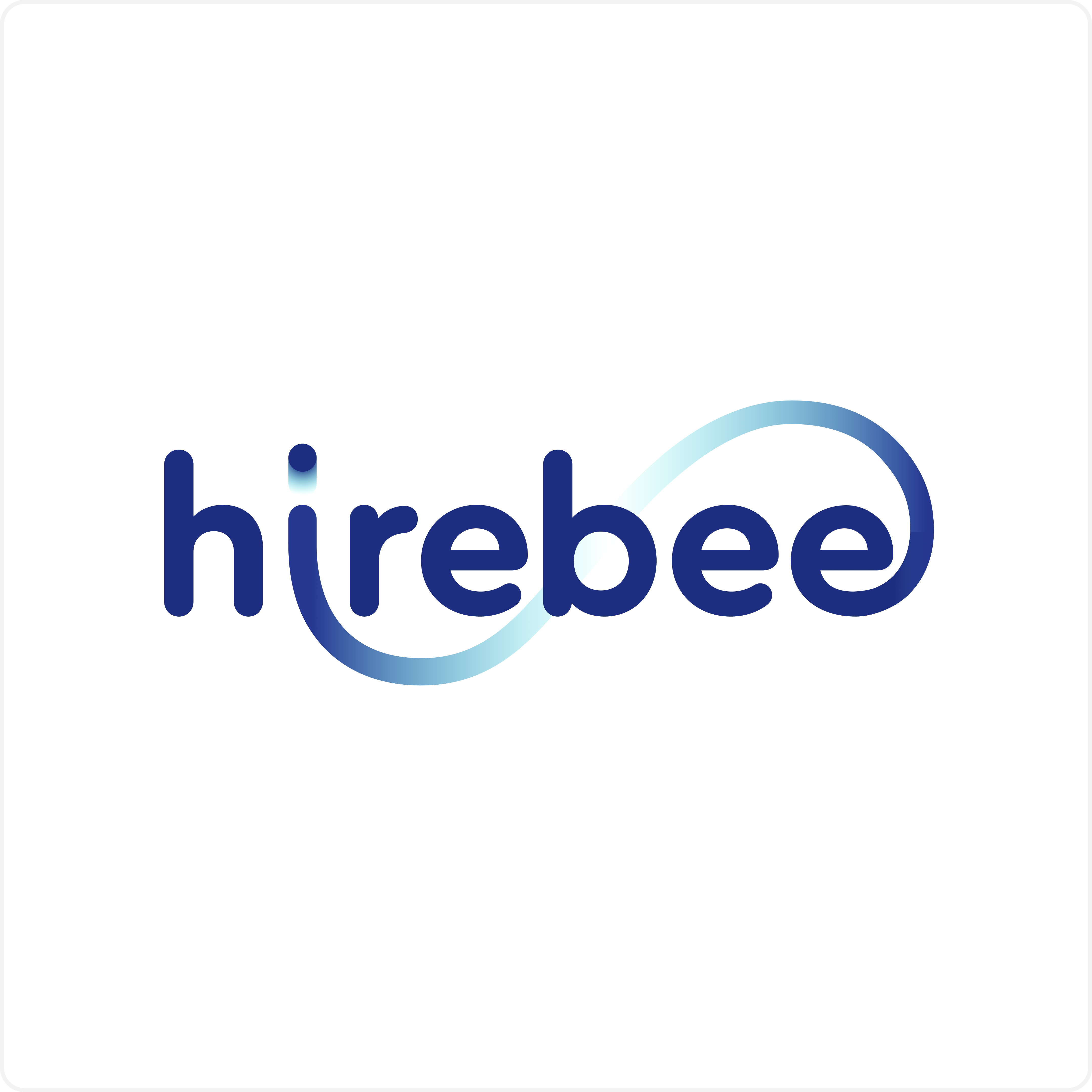This article will delve deeper into the 2023 HR trends and predictions, as highlighted by Josh Bersin’s recent publication. We will focus on how the evolving landscape of hiring and managing people is transforming the HR industry. Previously, we examined how talent scarcity, employee reskilling, and diversity and inclusion initiatives are influencing HR practices. In this article, we will explore the changes in leadership, the emerging responsibilities of CEOs and CHROs, and the need to revamp performance management practices.
We can expect to witness a rise in the significance of strong leaders who inspire and guide their teams through uncertain situations. Furthermore, innovative performance management models will emerge, disrupting traditional approaches and prioritizing ongoing learning and development. Consequently, organizations will need to reevaluate their compensation and benefits strategies to attract and retain the best talent. It is anticipated that CEOs and CHROs will prioritize employee well-being, acknowledging that a healthy and motivated workforce is fundamental to business prosperity. These predictions not only offer a glimpse into the future of HR but also signal an exciting prospect for favorable developments and expansion.
Table of Contents
ToggleEvery company will need to revisit its leadership model.
As the leadership model evolves, companies are transitioning from hierarchies to teams. The modern workplace emphasizes work over job titles and operates in a more flat and always-on environment. The new leadership model emphasizes CEOs focusing on both productivity and qualities such as empathy, inspiration, and flexibility. In 2023, leadership will require building a framework that aligns with the company culture and emphasizes listening to employees. Creating a culture of trust is a high-priority area of focus for employee experience, which is being adopted by companies like IBM and Deutsche Telekom.
New models of performance management will take hold.
As the economy slows and companies contemplate layoffs and workforce reductions, performance management has become a critical consideration. Following the pandemic, many companies discontinued their annual appraisals and are now turning to OKRs (objectives and key results), formal check-in procedures, and new tools to enable real-time performance monitoring by team leaders.
The HR technology sector is reinvesting in this category, introducing OKR-based systems and incorporating performance management capabilities. A new generation of philosophies and tools that prioritize productivity, individuality, and trust has emerged. Talent marketplaces could also facilitate agile work, job-sharing, internal mobility, and gig work. While there is no “best model” for performance management, high-performing companies hold employees accountable and focus on continuous performance improvement rather than just year-end reviews. The process should be re-evaluated in 2023 with growth, efficiency, and user-centered design in mind.
Organizations will seriously revisit their pay and rewards strategies.
In response to the disruptive year of 2022, organizations are rethinking their pay and rewards strategies. Driven by inflation, companies have been revising their pay structures and relying on readily available data on job-specific pay. Pay equity will remain a top priority in 2023, with more than a quarter of companies focusing on solutions.
Addressing disparities before granting pay raises is crucial because workers are more affected by pay equity than by the amount of pay. Demonstrating fair and equitable pay practices is now a requirement for attracting and retaining top talent. Resolving pay equity issues can help build trust with employees, and costs have remained consistent even as the workforce has expanded. Pay practices have four levels of maturity: basic transactional pay, total rewards, performance-based pay, and systemic pay and rewards.
A highly differentiated pay-for-performance model may not be suitable for all roles and organizations. Noncash benefits account for 32.5% of U.S. employers’ total payroll, and total rewards are increasing every year.
It is important to view people as an investment rather than an expense and to communicate pay strategies transparently and honestly to prevent union actions resulting from pay issues.
CEOS and CHROs will increase their focus on well-being.
Corporate growth is increasingly dependent on the well-being of its employees. As the economy and technology rapidly change, CEOs and other executives are becoming more aware of the importance of highly engaged employees.
There are many companies actively working on improving employee experiences, such as Starbucks, Microsoft, Walmart, IBM, AstraZeneca, and Deutsch Telkom.
Providing employees with “slack time” is essential to preventing burnout among them. Companies that embrace a 32-hour work week experience a 94% reduction in burnout, according to studies.
A company’s productivity decreases when employees work too many hours, and companies like Mercadona and Costco have seen increased profits when they overstaffed their stores, allowing workers to focus on customer service and product inventory.
We anticipate that employee wellbeing will be viewed as a design issue in 2023, where designing a company in order to achieve productivity will result in employee wellbeing.
Growth in the flow of work will become a new focus for corporate learning
Recent research on corporate learning found that practices that facilitate growth in the flow of work were of the greatest value. Growth-oriented companies are more likely to help employees unleash their potential, become innovation leaders, and become desirable employers. A variety of new approaches are being adopted by organizations in order to facilitate growth in the flow of work, including talent marketplaces, capability academies, and tuition-free career paths. Employees have access to various opportunities to develop their skills through talent marketplaces, such as projects, gigs, mentoring, and community events. Business leaders and learning and development teams are brought together in capability academies in order to develop comprehensive business capabilities. Providing tuition-free education to employees offers them the opportunity to advance their careers and build capacity in their roles. HSBC, Nestle, Mastercard, Unilever, Novartis, Schneider Electric, Bank of America, Providence Health, Amazon, and Walmart are some examples of companies that use these approaches.
The role of the recruiter will become increasingly important.
To acquire talent successfully, recruiters must have strong skills and abilities. Recruiters who act as talent advisers rather than simply salespersons have a better understanding of the role, internal candidates, and the fit of the candidates with the organization’s culture.
The other important components of recruitment include having a strong employment brand, providing excellent candidate experiences, focusing on internal mobility and hiring, and investing in recruiters.
In order to utilize HR professionals effectively, it is necessary to use those who are highly skilled and passionate about their work as recruiters. According to one study, the recruiter was the most important predictor of high performance among new employees. In 2023, a systemic recruiting study should be conducted and a human-centered recruiting approach should be emphasized.
Organizations looking to strengthen their HR teams and equip their recruiters with powerful tools can benefit from partnering with Hirebee. With a comprehensive suite of features that includes recruitment automation, talent sourcing, internal collaboration, and candidate experience management, Hirebee has emerged as a game-changer for businesses seeking to optimize their hiring processes. We invite you to sign up for a free demo and explore the full range of tools and capabilities offered by Hirebee.
In conclusion, the future of human resources is expected to be shaped by various trends and changes, including the importance of strong leadership, the emergence of innovative performance management models, the need to revamp compensation and benefits strategies, and the increasing focus on employee wellbeing. Organizations will need to revisit their leadership models, and the transition from hierarchies to teams, and create a culture of trust. New models of performance management will take hold, with a focus on continuous improvement and user-centered design. Organizations will also need to seriously revisit their pay and rewards strategies and prioritize pay equity. Finally, the growth in the flow of work will become a new focus for corporate learning, with a variety of new approaches being adopted by organizations to facilitate growth and development among employees.









